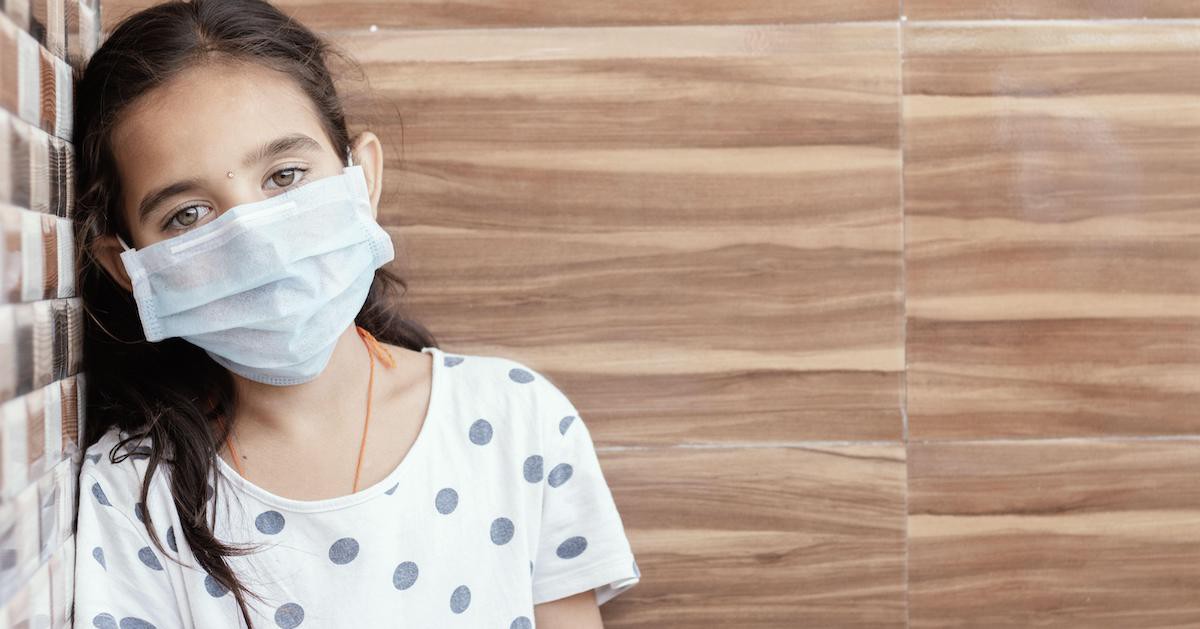An influencer muddled his maths on vaccines for children

10 September 2021
What was claimed
Vaccinating children against Covid-19 would probably do more harm than good.
Our verdict
According to the JCVI, vaccinating children would probably do more good than harm. This is especially true of children with an underlying health condition.
The online influencer Nohun (real name Raurie Williams) has wrongly described the risks and benefits of the Covid-19 vaccine for children in an Instagram video that has been viewed more than 330,000 times.
The video was posted on 7 September 2021, and begins with a screenshot of a Telegraph article which covers the debate about whether to vaccinate healthy children aged 12-15.
Afterwards, Mr Williams shares a screenshot of a BBC article about the risks of Covid to children.
He then takes the figure of “2 in a million”, which the article mentions as the “absolute risk of death from Covid-19 in children [under 18]”, and multiplies it by a population estimate returned from a Google search of 12 million children under 16 in the UK (which is slightly out of date but broadly correct, although it omits 16- and 17-year-olds who would take the total to around 14 million). This produces the answer 24.
Mr Williams suggests this means vaccines are unnecessary and says this: “will probably do more harm than good.”
But this calculation does not demonstrate the risks of not vaccinating children, and he is wrong in his conclusion.
The risk of two in a million in the BBC article describes the share of children in England who died of Covid up to the end of February 2021. It does not describe a child’s risk of dying if they catch Covid, which is still a very low figure, but higher than two per million. We’ve written about confusion over this issue before.
What about healthy children?
Mr Williams does not say that he is talking about healthy children specifically, meaning those without underlying health conditions.
However, this is the group that was being discussed in the Telegraph article. And it is true that they face a much lower risk of dying from Covid.
Even so, it is probably not true that vaccinating them would “do more harm than good”.
Vaccination would do more good than harm
For children with underlying health conditions, the risks of Covid are much higher, which makes the benefits of vaccination higher too. The Joint Committee on Vaccination and Immunisation (JCVI) already recommends the Covid vaccine for children with some conditions, or who are household contacts of vulnerable people.
Even when it comes to healthy children, the Joint Committee on Vaccination and Immunisation (JCVI) considered the evidence on the risks and benefits of vaccination and concluded that: “Overall, the committee is of the opinion that the benefits from vaccination [for healthy 12-15-year-olds] are marginally greater than the potential known harms… but acknowledges that there is considerable uncertainty regarding the magnitude of the potential harms.”
It also said: “The margin of benefit, based primarily on a health perspective, is considered too small to support advice on a universal programme of vaccination of otherwise healthy 12 to 15-year-old children at this time.”
In other words, in the JCVI’s opinion, the Covid vaccines would probably do slightly more good than harm to the health of healthy 12-15-year-olds, but the margin is too small, and the uncertainty too large, to justify a mass rollout on health grounds at the time of writing.
This article is part of our work fact checking potentially false pictures, videos and stories on Facebook. You can read more about this—and find out how to report Facebook content—here. For the purposes of that scheme, we’ve rated this claim as partly false because its calculation makes no sense, and vaccines for healthy children would probably do more good than harm, according to the JCVI.


